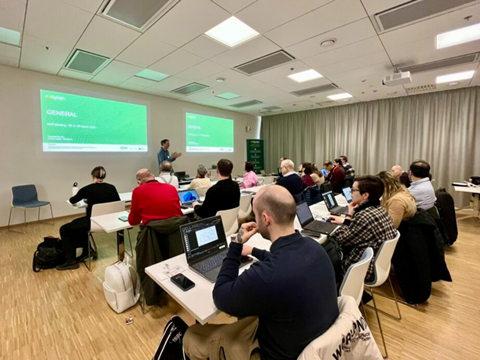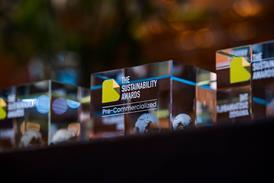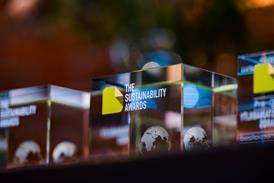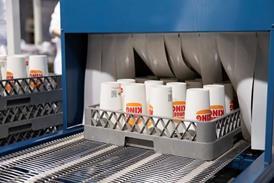
The EU-funded REDYSIGN consortium - seeking to develop processes for producing and circularizing bio-based, recyclable, smart fibre-based packaging – has reported ‘important advances’ in developing recyclable-by-design trays, absorbent pads and anti-spoilage sensors from its last meeting.
Hosted by VTT and Valmet, the consortium met in Espoo, Finland last month. Companies provided updates on their current tasks such as Rise PFI’s testing of wood fibres for application in absorbent pads for food packaging, including pads developed by Tecnalia, based on their own technology and said to be highly effective in liquid absorption and suitable for fresh meat packaging.
New films made of fibrillated wood fibres are also being developed to replace the conventional polyethylene films used to cover the absorbent pad core.
Two different spoilage sensors from VTT, tested in real food packaging over two weeks by Eroski, were demonstrated for rabbit and chicken meat. Tecnalia used integrated Raman, near-infrared (NIR) and red, green and blue (RGB) sensors to identify potential contaminants such as blood and fat in the packaging products left by the fresh meat.
New Raman markers developed by FNMT were incorporated into thermoformed trays by PackBenefit, with the sensor reportedly identifying it in both static and dynamic conditions, allowing more efficient sorting and recycling of this type of fibre based packaging.

Impact assessment company HOLOSS evaluated REDYSIGN’s innovations and the initial steps of the Life Cycle Assessment have been advanced, focusing on collecting preliminary mass and energy data for ongoing processes. Apparently, the main emphasis has been on conducting a qualitative and semi-quantitative environmental hotspot analysis, which has facilitated the prioritization of improvement areas.
In February, VTT announced that the Chips Joint Undertaking’s Public Authorities Board would award funding to the Advanced Packaging and Heterogeneous Integration for Electronic Components and Systems (APECS) pilot line project, aiming to boost Europe’s semiconductor production for new packaging and integration solutions. At VTT’s shared-use cleanroom, domestic companies are invited to develop and pilot microelectronics components, systems, and innovation to be scaled up for production.
More recently, VTT and LUT University claimed to have converted biogenic carbon dioxide from waste incineration and the forest industry into polypropylene, polyethylene, and other ‘high-value-added’ products. Dilute flue gas carbon dioxide (10-15%) was purified and enriched into approximately 95% carbon dioxide, which VTT converted into hydrocarbons in hopes of achieving maximum ethylene and propylene yields for polyethylene and polypropylene production.
If you liked this story, you might also enjoy:
The ultimate guide to the Packaging and Packaging Waste Regulation in 2024
How are the top brands progressing on packaging sustainability?
Sustainable Innovation Report 2024: Current trends and future priorities
Everything you need to know about global plastic sustainability regulation












No comments yet